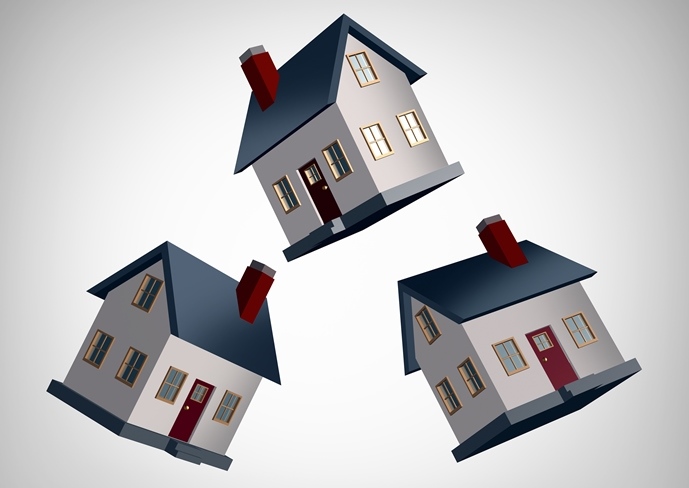
Ready to get your hands dirty? We have some brilliant blank canvas’s new to the market, along with a few tips to help you “flip” successfully.
In most suburbs and areas around the country, house prices have fallen to one of the lowest averages we have seen for a decade. Is it the bottom? Who knows – but there is no denying that in today’s real estate market you can get more for your money than you could a year ago.
We also know that what goes down will eventually go back up, so this could be just the opportunity you have been waiting for to flip.
Property flip that is – buy a property, renovate, and then sell it with the aim of making a profit.
House flippers take homes that most homebuyers aren’t able or willing to renovate, and improve them to the point where they meet buyer demand. Most people in the maret for a new property are ultimately looking for one they can move straight into.
You may even decide to renovate/rebuild, increase the value and enjoy the masterpiece you have created for a while yourself, before putting it back on the market.
So, if you have a flair for renovation, a burning desire to bring new life into a pile of tired old bricks, if you aren’t afraid of doing some (very) hard yakka, exchanging your weekends on the beach for weekends at Bunnings, then have a look at this selection available right now.
- 11 Woodland St Marrickville – A Marrickville classic with position & potential
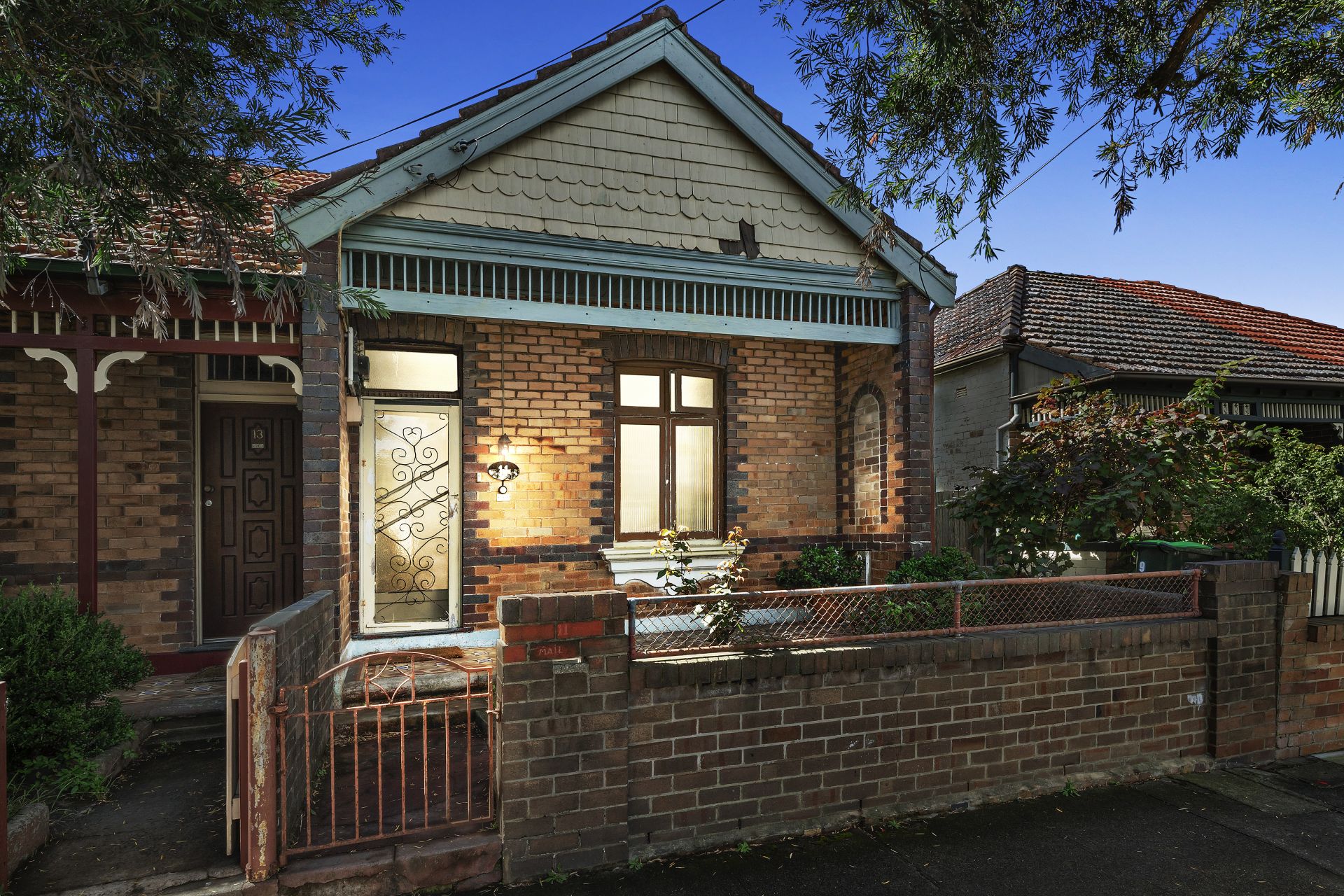
2.
32 Edward St, Naraweena – an ideal opportunity for a dream rebuild
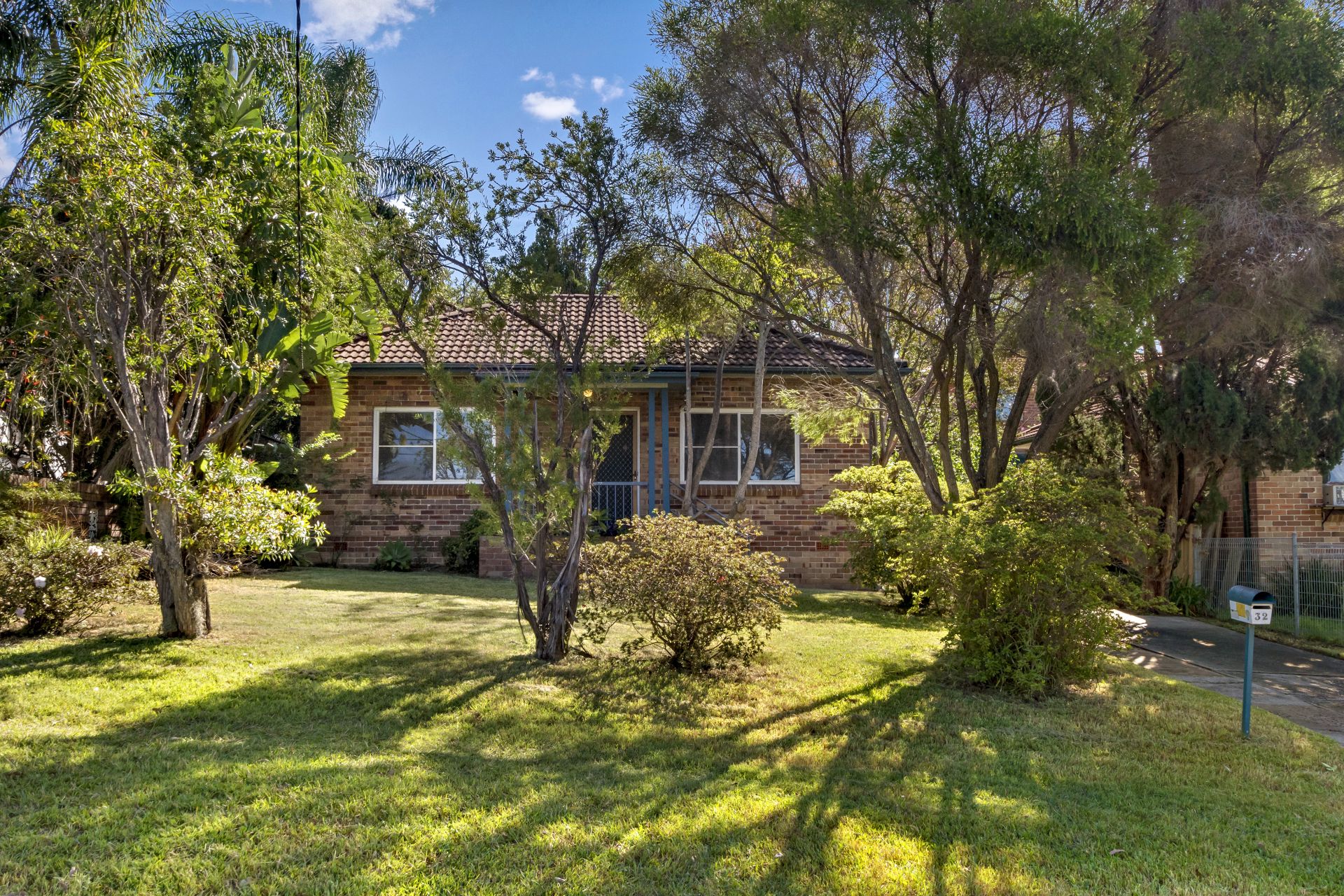
3.
Offered for the 1st time in nearly 50 years, this entry level north/east-facing double-brick home presents outstanding potential
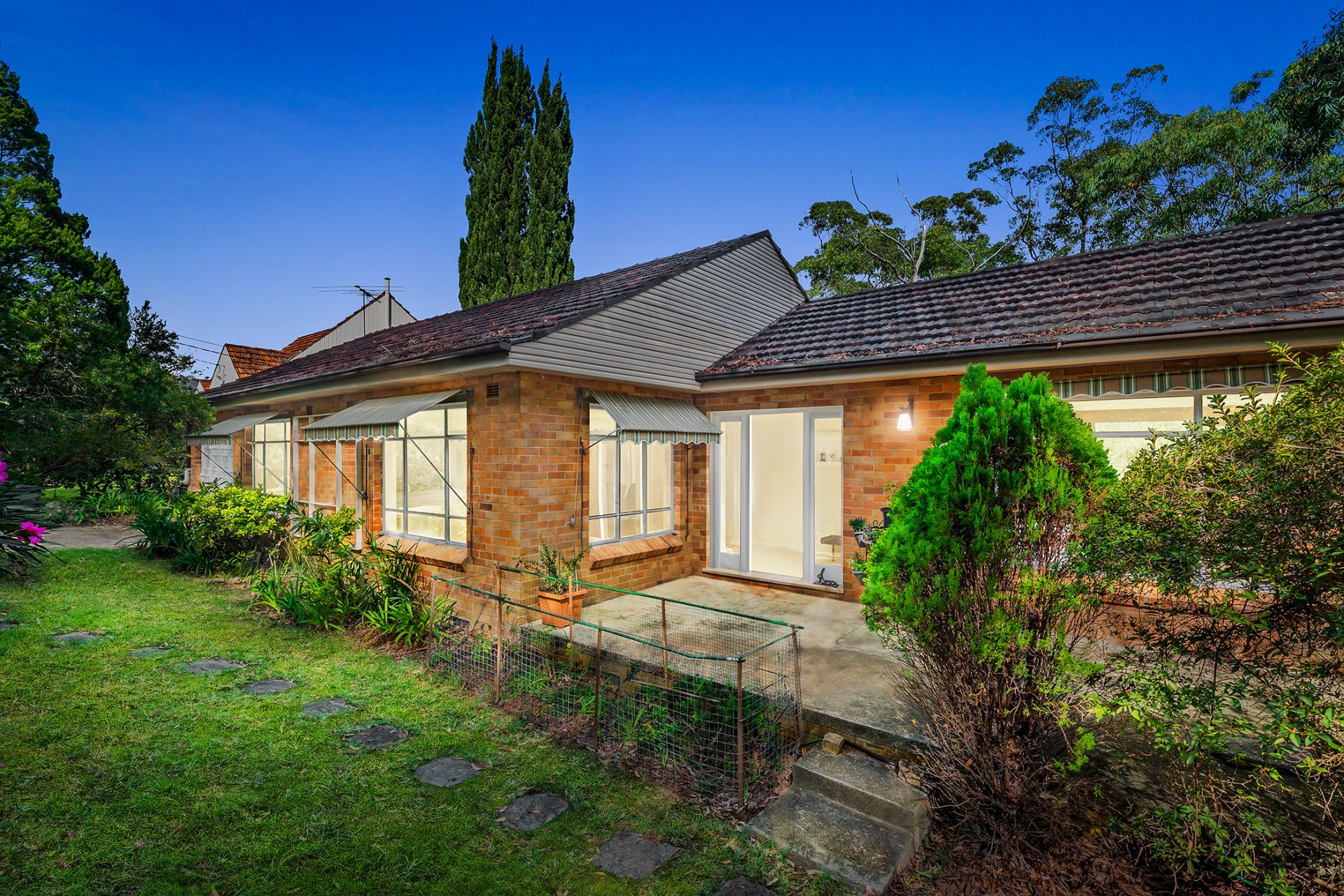
4.
Already in good condition, this property offers great potential for dual occupancy
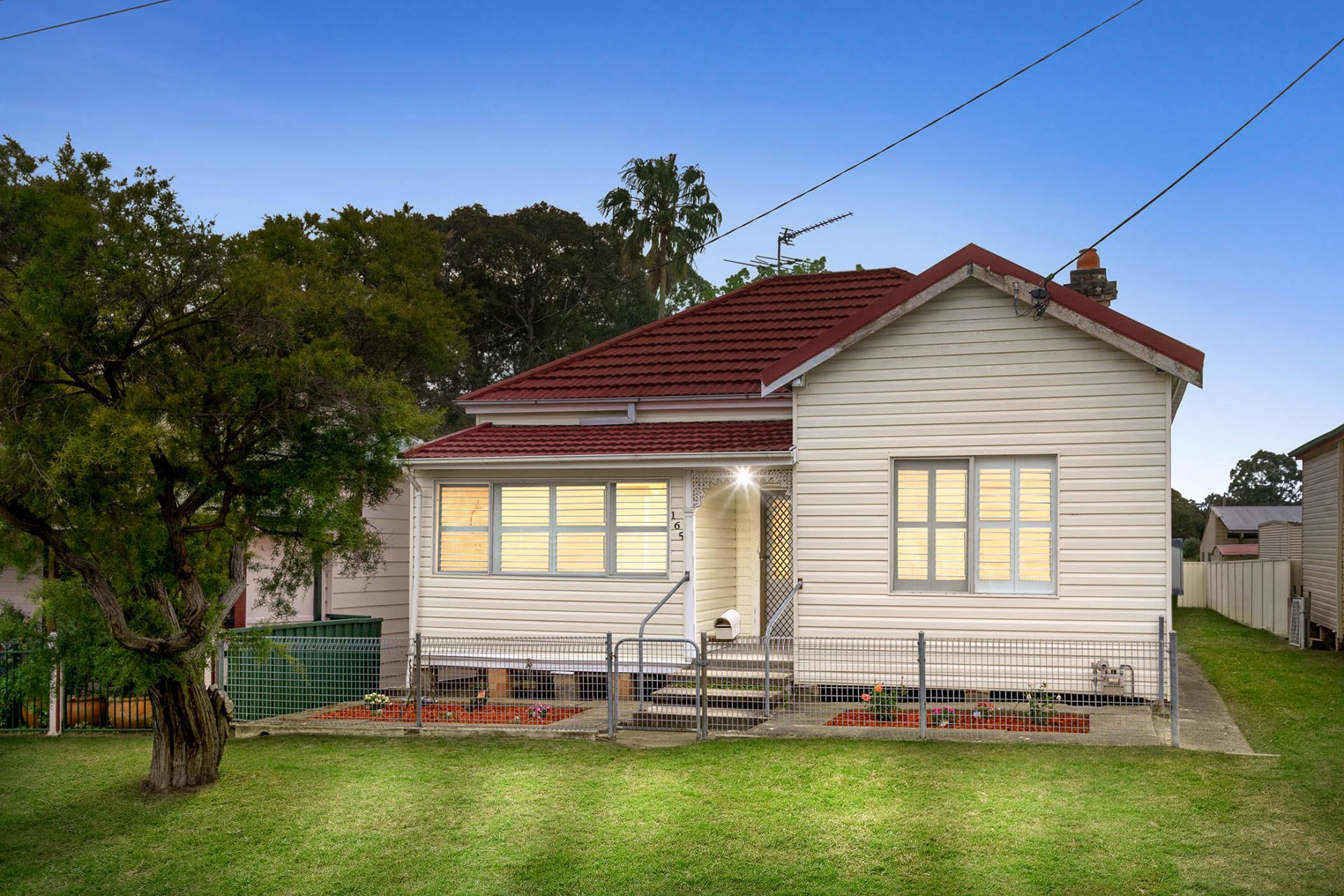
Of course, the key to successful flipping is more about the numbers than the hype of the reality TV shows we have become accustomed to.
Briefly, some of the steps for flipping are:
- Research. Research. Research
Know your market. Find out what buyers are looking for.
Real estate agents see hundreds, if not thousands of would be buyers every week, and understand their market well – what sells, and what sells quickly. It’s not what you like or want in a home, but what the market wants in that particular area.
- Set a budget and business plan
Real estate investors are entrepreneurs – if you’re in business, you need a business plan.
Your plan has to include a budget, a timeline, and project scope.
This is a business transaction, so create a budget, investigate availability, pricing of items and tradesmen, and endeavour to work within your clear financial boundaries.
- Set up your finance.
Unless you have a truckload of spare cash lying around (wouldn’t that be nice!) you will need bank finance to purchase the property and then to complete the renovation.
- Ask the experts
If your career is not in the building/construction business, it is worth turning to an expert. Consider whether you should consult a professional in the industry before committing to a project that is not your primary expertise.
5. Start networking with contractors
You will need to start building relationships with contractors before you buy. Start getting quotes once the property is under contract, or even before if possible.
Unless you’re doing all the work yourself, learning how to flip a house successfully is building a network of contractors: general contractors, electricians, roofers, plumbers, and painters. Get to know several lower-cost, well-rounded handymen as well.
- Buy the house and start your engines!
Time is money. Get to work as soon as possible as the clock is ticking from day one.
Every month that goes by, you’re paying interest and other carrying costs: utilities, taxes, insurance, and any other costs of owning that particular property.
Learning how to flip a house and doing your first deal can be stressful. Lean on other experts, from your lender to your contractors, and your real estate agent. Always seek as much advice as possible and learn from others who have flipped before.
